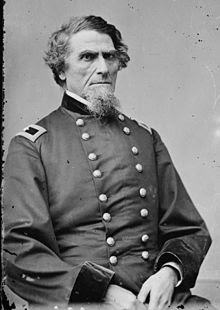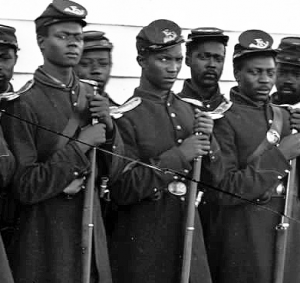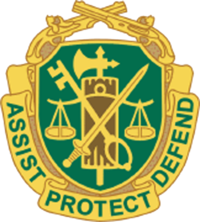GET on BOARD: THE STORY of the UNDERGROUND RAILROAD by Jim Haskins

Published in 1993 by Scholastic. Levi Coffin House, a major stopping point of the Underground Railroad Jim Haskins' introduction to the Underground Railroad is aimed at grades 4-7. It is a solid little history of the origins of the abolitionist movement, the Underground Railroad and slavery. It mostly focuses on the heroes of the abolitionist movement, but it does its best to try to work in a lot of individual stories of the Underground Railroad. For example, I enjoyed the letter that Jermain Wesley Loguen wrote to his former owner (he had run away) when she demanded that he pay for himself. It was the perfect blend of snark and indignant refusal. The longest biography in the book goes to Harriet Tubman with Frederick Douglass coming in a close second. That is appropriate since their stories are extraordinary. Haskins does a real solid job of introducing the two real-life people that the most famous African American characters in Uncle Tom's Cabin are based on and then


















